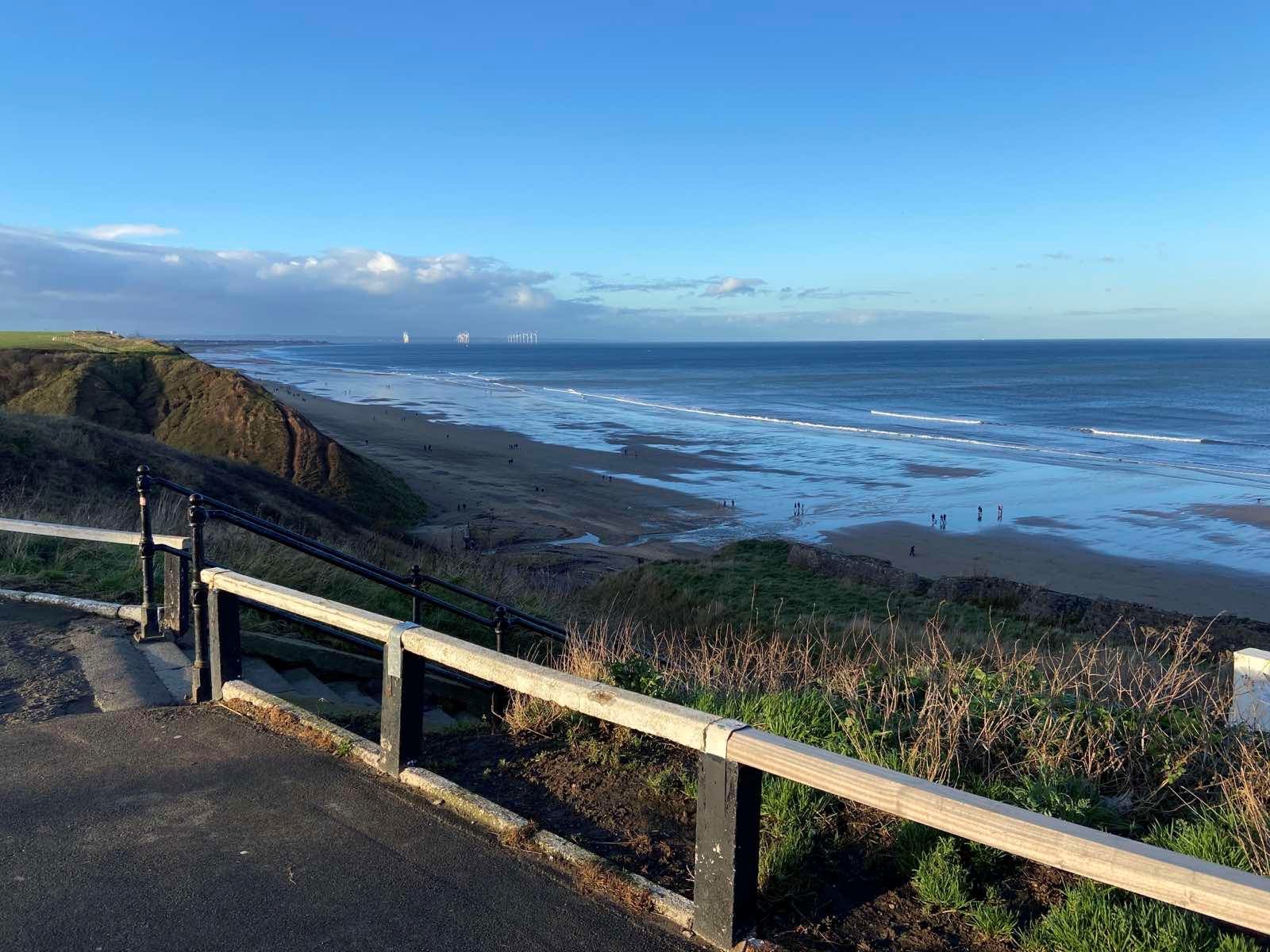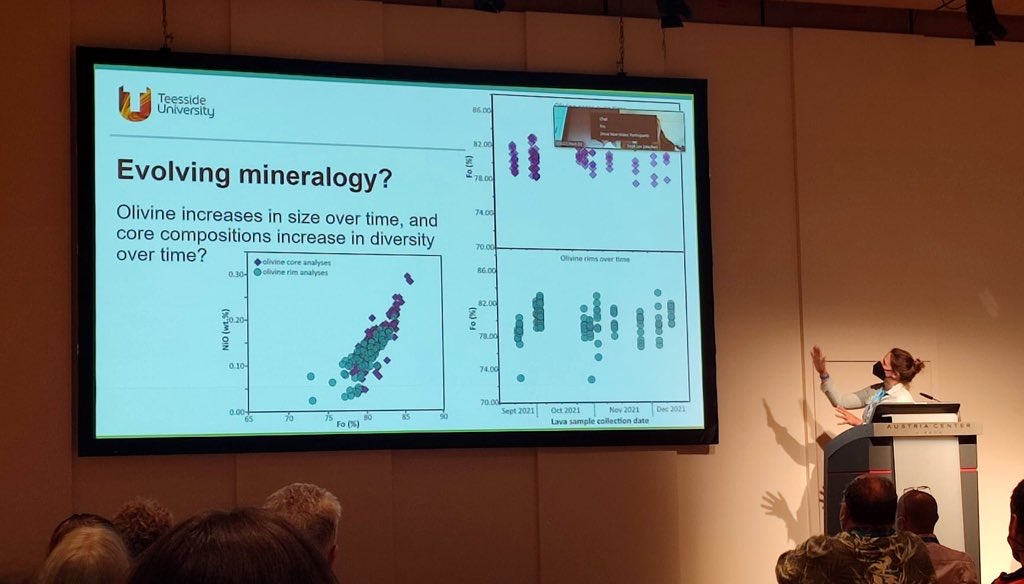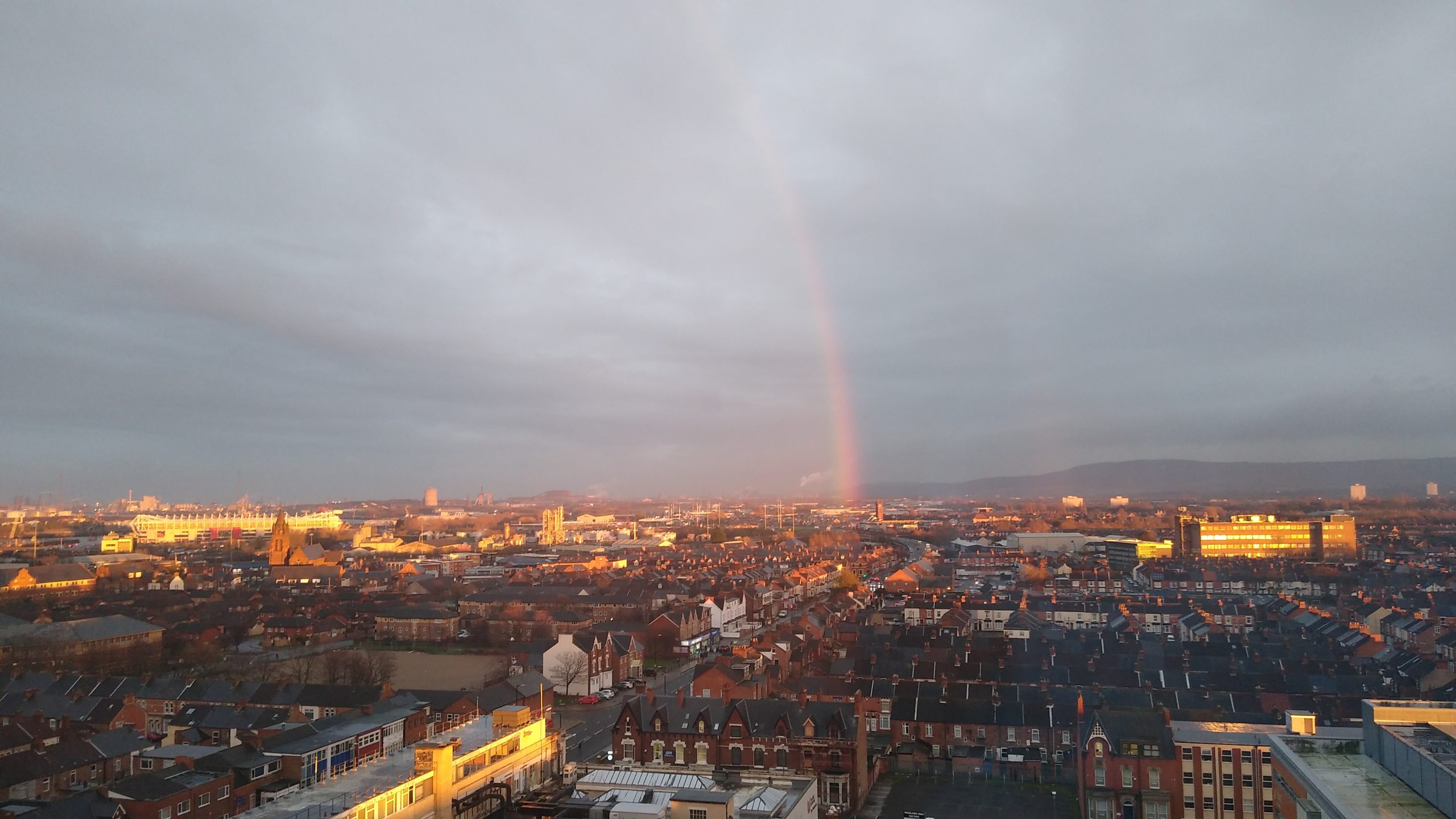The GLRETA project captures changes in one of the most dynamic parts of an Arctic mountain environment, by measuring lake temperatures in front of a glacier (proglacial) and the regularity of iceberg calving events (monitored by time lapse cameras) driven by thermal undercutting of the glacier terminus. This has proved to be a challenging environment to undertake field work in, as we have to regularly adapt plans to collect data when the weather windows arrive and hope that icebergs don’t wipe out our temperature sensors in the meantime.

The Arctic summer weather can be very variable in Scandinavia and this year has been no exception. The boulder ‘reinforcements’ of our weather station proved to be successful as it survived the 135 km/h wind gusts largely intact. Sadly our base camp tent didn’t fare so well over the summer and also incurred some substantial damage to the door from some passing fauna. On discovering this at the start of trip 2 we realised that scientific objectives had to be postponed as fixing the tent up before the bad weather arrived was ‘rather critical’. Thankfully after 3 days of floods and high winds we were able to forget about base camp maintenance and get back on with the science.

Mercifully we were presented with one of the best weather days I can remember in the Arctic and promptly set about compressing 3 days into one rather long one. First on the agenda was a dSLR camera survey to create a digital surface model of the glacier, to calculate how much the ice has lowered from melting during the summer and how much ice has been calved off in icebergs. The glacier front had changed a lot between our visits over the summer, as about 5m wide strip of ice had been calved off across the terminus and the crevasses behind it had widened substantially. Thankfully our time lapse cameras caught these iceberg calving events, along with the changing lake conditions during the summer. Our inflatable kayak mission was successful in retrieving the key lake temperature data sets, which had risen to a maximum of 4oC in late July before steadily cooling from late August. This will provide an important record for understanding how lake conditions and temperature correspond to iceberg calving events, combined with sonar scans of the terminus to understand how the underwater ice front geometry promotes calving.

The recent warm events in Arctic Scandinavia will have enhanced melting of glaciers in the area during the heatwave events, which are predicted to become more frequent with climate change. So we have also been creating digital surface models of other glaciers in the area, to assess how much surface lowering has occurred on these land terminating glaciers. We can then compare the surface lowering of land terminating glaciers to the lake terminating glacier, to assess how they are all responding to recent warm events. We also want to greater understand how contact with a proglacial lake can enhance glacier retreat too and how they are likely to respond to future changes in climate.



















